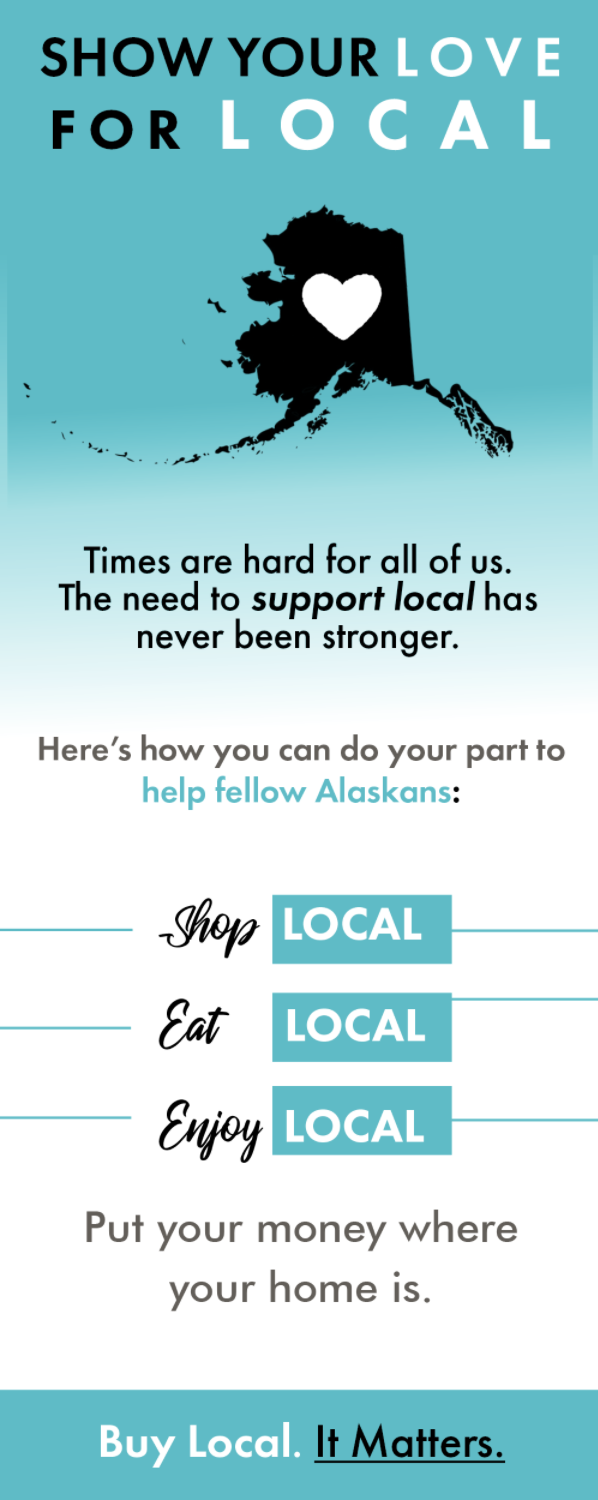The Sandwich Generation
Raising Kids, Caring for Parents
By Malia Jacobson

From the weary trenches of early parenthood, it’s easy to view the decades ahead through rose-colored glasses. Someday, the kids will be more independent, weekends won’t be filled with rain-soaked soccer games, and oppressive day-care and school tuition bills will be long gone.
Naturally, this will free up time and funds for a few much-missed leisure pursuits, such as couples’ weekends, golf trips or perhaps just some cherished downtime.
Instead, millions of parents find that the future brings a heavier workload, not a lighter one, as they care for an aging parent (or two) while raising their own brood. This increasingly common scenario can be a burden, or a blessing in disguise, says Carol L. Russell, Ed.D., author of Sandwiched! Tales, Tips and Tools to Balance Life in the Sandwich Generation.
Often, it’s both burden and blessing, and whether “sandwiched” parents thrive or burn out is a matter of how well they learn to balance an unwieldy bundle of responsibilities.
But it is possible to manage the needs of multiple generations without drowning in neediness, notes Russell. And caregiving and active parenting can happily coexist, even complement one another.
Ruthann Snider left her home and nursing job in Ketchikan to help her parents care for her 93-year-old grandmother, while raising her three daughters, ages 11, 8 and 4. “We share a large, multi-family home... I live in half of the main house with my husband, who works away from home half of every month, and our children. We juggle care between my mother, my dad, myself and assorted paid caregivers.”
A swelling sandwich
According to the New York Academy of Medicine, some 42 million women between the ages of 35 and 54 make up the “sandwich generation,” tending to growing children and aging parents simultaneously, often during their peak career years. (The AARP reports that three-fourths of family caretakers hold down jobs.)
Adding another slice to the stressful sandwich is the fact that caretaking usually falls to the female partner – even if the parent in need of care is her spouse’s, not hers. According to the AARP and the National Alliance for Caregiving, nearly two out of three adults caring for an older family member or friend are female.
“I’m juggling,” says Norma Rosenthal. “That’s the only word for it. I work full time, and I can’t keep those balls in the air fast enough.”
As baby boomers age, the sandwich generation is swelling, while caregivers become more squeezed. According to Georgetown University, the number of people over the age of 65 is expected to increase by 2.3 percent annually, while the number of eligible family caregivers will only increase by .8 percent. By 2015, the US Census Bureau estimates, 19 million Americans will be 85 or older.
But an aging population is not the only factor that’s causing the sandwich to grow. Thanks to a trend toward delayed parenthood (pregnancy rates for women ages 40-44 have been on the rise since 1991), more women find themselves caring for elderly parents while their own children are still firmly in the nest.
Slipping into sandwich mode
Becoming a caregiver to an aging parent usually doesn’t happen overnight. Shuttling a parent to doctor appointments and errands gradually morphs into arranging for in-home care, poring over finances and coordinating triage with other family members.
For Russell, a mom of three daughters, caring for her parents started with long-distance care. After two years of arranging round-the-clock help and supervision from hours away, she and her husband opted to move her parents to a newly built home on their property.
Whether caregivers tend to aging parents in their own home, from thousands of miles away or in a nursing home, the adjustment to being “on call” 24/7 can be a rough one, says Russell. After their move, Russell took on nighttime caregiving duties for her parents until she realized that she couldn’t care for them at night and fulfill her daytime responsibilities as a university professor. She hired nighttime caregivers to reclaim a small slice of balance.
As Russell learned, finding outside support can be an essential aspect of family caregiving. Caregivers are susceptible to burnout, says family therapist Jill Gross, Psy.D. “You have to secure your own oxygen mask before you can help someone else.” That means the caregivers must co-prioritize their own health along with that of their parents, says Gross.
Carving out time for self-care in the midst of the stressful sandwich years isn’t easy, however. Gross recommends that parents find time to do things that gave life meaning before they took on the caregiving role, such as exercise, cooking, art or participating in a faith community. But she acknowledges that continuing those pursuits may not be possible without outside help.
Snider, who also home schools two of her girls while running a small toy-making business, spends as much time as she can in her garden to unwind.
Recruiting a good team
“One of the best things is to have good teamwork,” Snider advises. “You have to know your limits. Sometimes it’s too much to do all on your own. Sometimes you have to know when to enlist help.” As her grandmother was going through different phases of her dementia, Snider and her family had to constantly stop and reevaluate their approach. There were times when her grandmother was at a cognitive level and tried to discipline her children the wrong way. “I had to take a step back.” That’s when she hired daytime help so she could be home with her kids during the day. Even just a small break, a couple days a week, helps take a lot of stress off a caregiver, she notes.
Snider’s grandmother tried a daycare-type program that included art classes and spending time with other people. Some enjoy that environment more than others, notes Snider, but her grandmother didn’t care for it. “She really loves being with us. She’s really enjoying being a part of the whole family.” Snider’s youngest daughter, now 3, likes to help with her great grandmother’s morning care routine. “She says, ‘I do it myself’; it’s a pretty cool thing.”
“Caregivers need to have a scheduled time for respite,” Gross says. “Local eldercare resources can help caregivers find people to step in for a few hours so that you can recharge.” Caregiver support groups are also available, she says, and are free to join and attend; some even provide free care for the aging family member(s) during meetings to allow the caretaker to attend.
Snider highly recommends the local Alzheimer’s Association. “They offer a lot of support.” They have support groups, art classes and a class on caring for people with dementia. “They let them express themselves. Getting together once a week did a world of good for my grandmother.” (See sidebar for a list of local resources.)
Family ties
Outside help is a lifeline for caregivers, but finding that support among family members – siblings or spouses – to help provide care and make decisions for aging parents, can be a stressor in itself.
Caring for an aging parent can strain even the closest sibling bonds. Caretaking often puts one grown sibling in the driver’s seat, with others providing backup support. These vastly different roles spark communication blunders, and resentment can pile up on both sides. Each grown sibling will approach the issue with a fundamentally different perspective, notes Gross. “The primary caregivers, the people on the front lines who are actually caring for the parent, are seeing and experiencing the world in a different way than the other siblings.”
But finding common ground is possible. Experts agree that effective family meetings can be the cornerstone of positive sibling relationships during the sandwich years. Gross recommends that siblings schedule a meeting face to face or via Skype, free of distractions.
“It’s a busy life, but a rewarding one,” says Snider. “We have been through so many ups and downs, and really found our stride. It’s not for everyone, but it’s so great when it works. I’d love to help others who are struggling with this ‘new normal.’ ”
— Alaska Parent staff contributed to this article
Local Resources
Aging and Disability Resource Centers throughout Alaska
Alzheimer’s Association of Alaska








